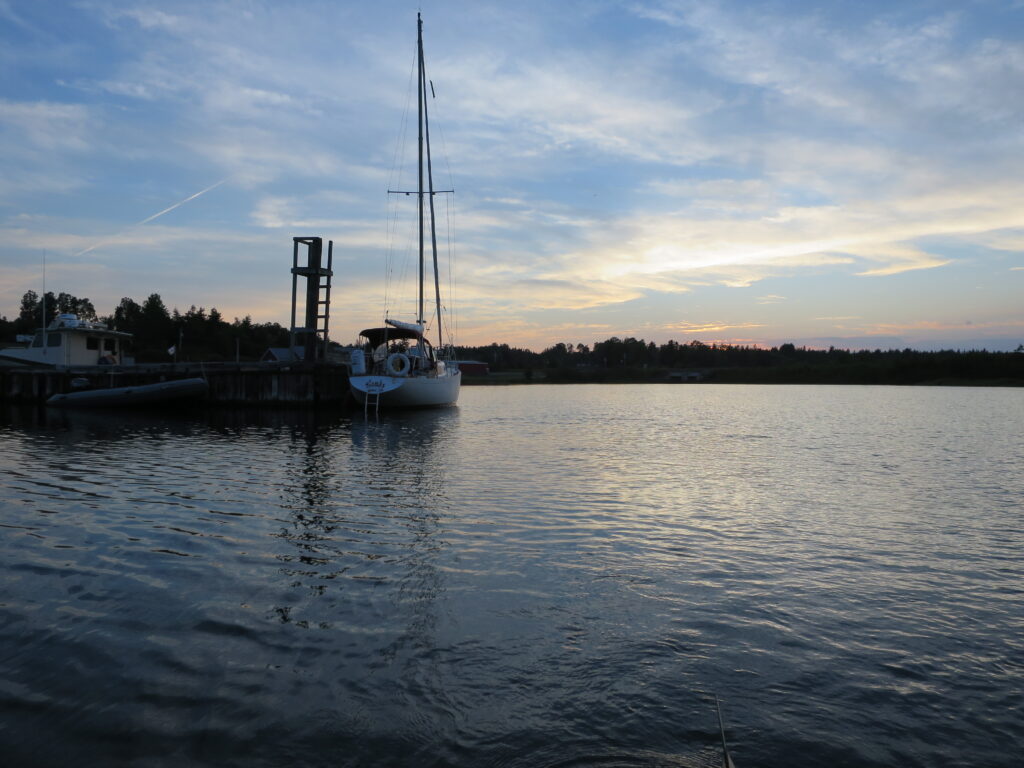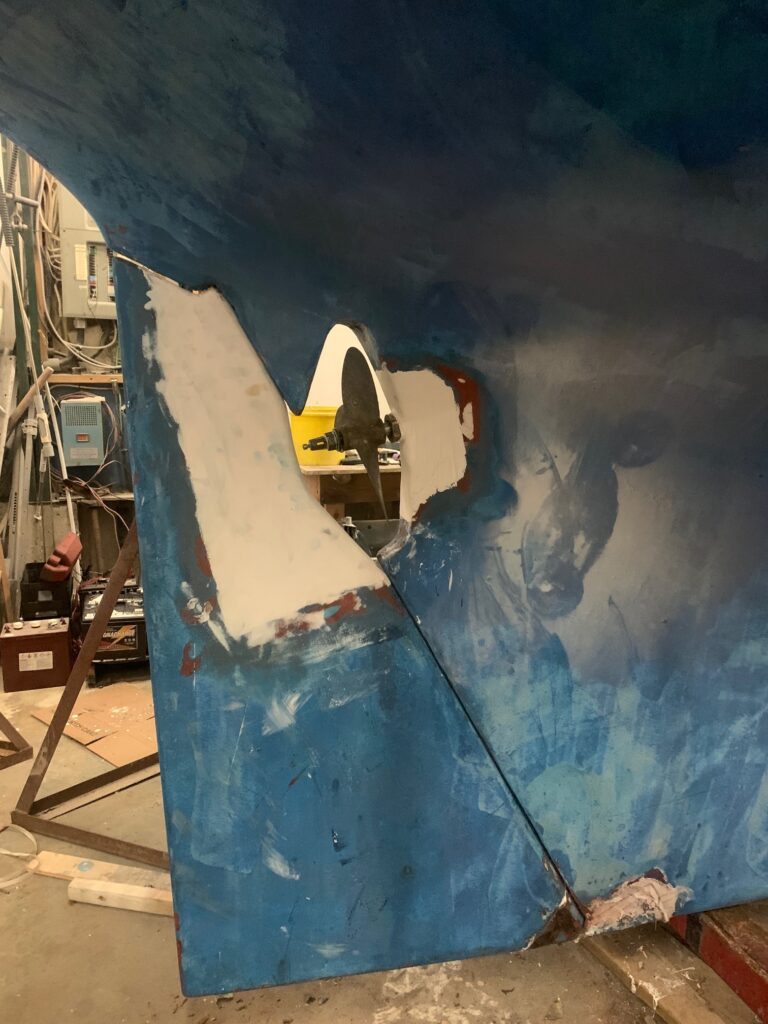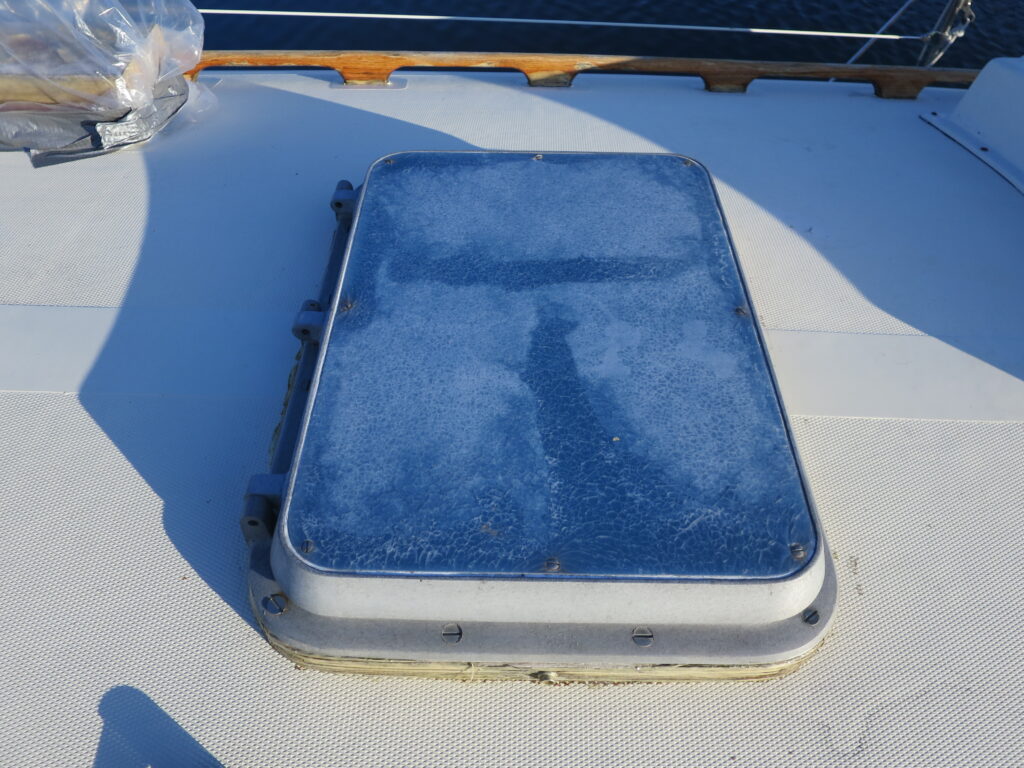
Nestled in the heart of Cape Breton, the quaint village of Orangedale unfolds like a hidden gem, with its charm amplified by the rhythmic echoes of its past—the Orangedale Railway Museum. This picturesque corner of Nova Scotia, surrounded by rolling hills and overlooking the shimmering waters of the Bras d’Or Lake, encapsulates the essence of maritime history.
Support Sonas as Onshore Crew! Any amount of support helps the Sonas project.
Help out with Patreon Support
The Orangedale Railway Museum, a testament to a bygone era, beckons visitors with the allure of vintage locomotives and tales woven into the fabric of the village. As you step onto the well-preserved grounds, the ambiance transports you to the days when the rhythmic chug of steam engines filled the air.
In the heart of the museum stands a meticulously restored train station, a relic from the days when railroads were the lifelines of communities. Weathered wooden benches tell stories of passengers eagerly awaiting their journeys, and the ticket window whispers tales of destinations long past. The museum doesn’t merely showcase artifacts; it invites visitors to embark on a nostalgic voyage.
One can’t help but be captivated by the centrepiece—a magnificent steam locomotive proudly standing as a sentinel to history. Its imposing presence is a tribute to the men and women who once fueled the fires and steered these iron beasts across the rugged landscapes of Cape Breton.
Wandering through the museum, you’ll discover a trove of railway memorabilia—vintage uniforms, time-worn tools, and faded photographs that chronicle the railway’s role in shaping the region. The exhibit isn’t just a collection; it’s a living testament to the resilience and determination of the communities that relied on the railway for connection and commerce.
The stories whispered within the museum’s walls resonate with the spirit of Orangedale—a village that embraces its past while embracing the present. Beyond the artifacts, the railway museum serves as a community hub, hosting events that bring locals and visitors together to celebrate their shared heritage.
As the sun sets over the Bras d’Or Lake, casting a warm glow on the museum grounds, you leave Orangedale with a sense of having experienced more than history. You’ve touched the heart of a community that cherishes its roots, and in the echo of distant train whistles, you’ve heard the timeless melodies of a bygone era that still resonate through the hills and waters of Cape Breton.








